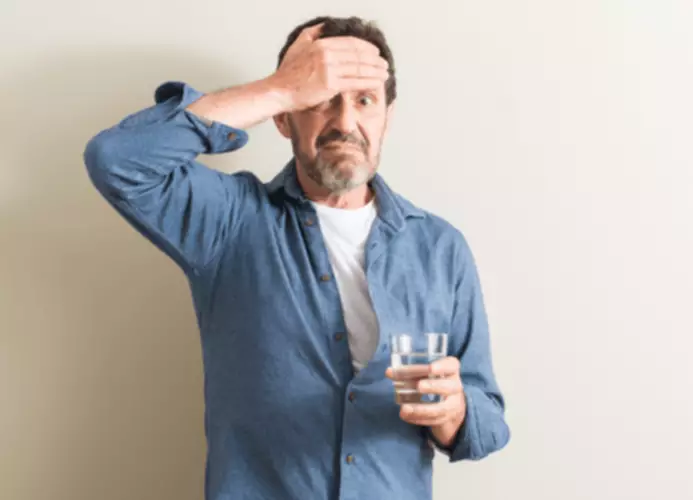Content
If you have trouble eating, your doctor might recommend tube feeding. A tube is passed down your throat or through your side and into your stomach. A special nutrient-rich liquid diet is then passed through the tube. Your doctor might recommend a special diet to correct nutritional problems.
Some medication-based alcoholism treatment programs like the Sinclair Method have a success rate of up to 80%. Other medications like Antabuse have a similar success rate when combined with therapy and counseling. Several studies show that Antabuse has a 50% success rate when taken for at least 20 months.
Combining Ambien and Alcohol
The doctor may also decide to run a variety of blood and neurological tests. These will determine if the alcoholism has caused any long-term effects. Once all the information is considered, can alcoholism be cured the doctor can decide on the best course of treatment for the individual’s needs. People with this condition are usually admitted to the hospital, often to the intensive care unit (ICU).

If you need help finding an alcohol rehab center that fits your individual needs, contact one of our treatment specialists for more information. Continuing care for alcoholism keeps recovering individuals in touch with counselors who can help them work out any emotional issues that could potentially trigger a relapse. Allowing a person to safely detox and begin therapy during this portion of their stay will help get to the root of their addiction, which can ensure that they have a reduced risk of relapsing. About 80 percent of all people with long-term alcoholism develop this condition due to the way their body becomes starved of thiamine from poor nutrition. For example, some of the effects of alcohol on the brain are immediate, such as an impairment in decision-making and short-term memory after just one or two drinks.
Residential treatment programs
A common and traditional therapeutic method, 12-step therapy typically addresses substance abuse and dependency. This therapy is organized into 12 steps that confront the cognitive process in which individuals decide to continue use. A unique component of this method is the acquiring of a sponsor. A sponsor is an individual who is an experienced member of the group whose job is to guide the new member through the 12 steps. A study conducted by the National Institute on Alcohol Abuse and Alcoholism states that an eight-year follow-up showed that 49% of individuals who attended a 12-step program remained abstinent. A critical element in fighting addiction is locating its source.
Revia and Vivitrol are not like other anti-alcohol drugs that cause intense sickness and hangover sensations when taken with alcohol. Naltrexone was first developed in 1963 to treat addiction to opioids. In 1984, it was approved by https://ecosoberhouse.com/article/why-alcohol-makes-you-feel-hot-and-sweat-after-drinking/ the FDA for the treatment of use of drugs such as heroin, morphine, and oxycodone. At the time, it was marketed by DuPont under the brand name Trexan. Disulfiram was first developed in the 1920s for use in manufacturing processes.
Who is the Most At-Risk for Alcoholism?
Like any chronic disease, recovering from alcoholism can take time and may not always be a smooth road. Although your participation in the process can be vitally important, you also need to take care of yourself. Programs such as Al-Anon, which is a support group for friends and family members of alcoholics, may be beneficial as you help support your loved one on the road to recovery. Although there is no absolute “cure” for alcoholism, we are able to recover from the hopeless state of body and mind that has resulted from the disease.